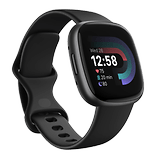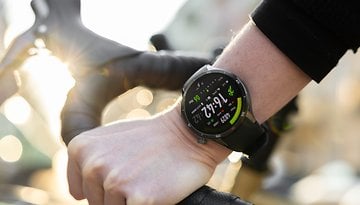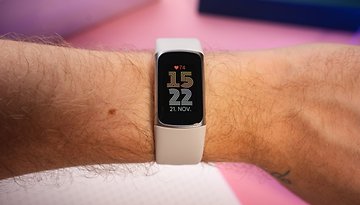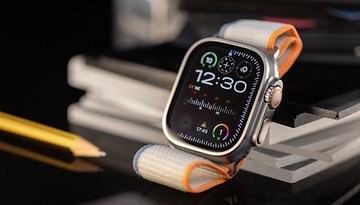Fitbit Versa 4 review: Fitness tracker disguised as a smartwatch


With the Versa 4, Fitbit's most affordable smartwatch series enters its fourth generation! The latest update certainly showcased benefits due to the co-operation with Google. I found out just which advantages this partnership has brought, and whether the smartwatch is suitable for everyday use in this NextPit review
Good
- Nice design
- Very good display
- Solid battery life
- Reliable auto-tracking
Bad
- No music function
- Hardly any smart features
- Hardly any innovations
- Full functionality only with a subscription
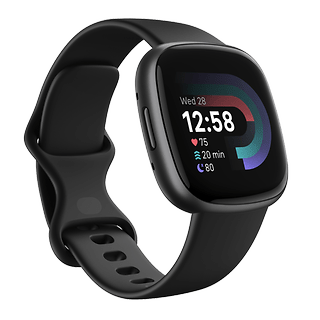
The Fitbit Versa 4 in a nutshell
The fourth generation of Fitbit's Versa series caused mixed feelings in the review. Hardware and workmanship as well as its smooth operation and companion app are great. The tracking feature also worked very reliably every time I used it. Thus, the Versa 4 is a good fitness tracker, albeit being held back by its subscription model.
However, the $230 wearable does without music control, has no app store to speak of, and has a limited range of functions that ensures it can never enter the smartwatch territory. If that doesn't scare you away, you can save a little on your purchase of the Versa 4 a few months after its release.
Design and operation
Tipping the scales at 25 grams and measuring just 11.2 millimeters thin, the Versa 4 is a particularly slim smartwatch. It is based on the rounder design of Fitbit's newer wearables. Unlike its predecessor, the smartwatch is operated via a button on the left side and the OLED touchscreen. If you love swimming, it is good to know that the Versa 4 is protected against water and submersion with a 5 ATM rating.
What I liked:
- Finally features a physical button again.
- Simple design with high-quality workmanship.
- Crisp vibration motor.
What I disliked:
- Always-on Display is too bright when sleeping.
Fun Fact: One of my first reviews as a NextPit volunteer was the first Fitbit Versa! In comparison, a lot has changed in the design of the smartwatch over the course of four years. Fitbit has significantly moved toward a rounder design for its entry-level model, relies on higher-quality materials with more precise manufacturing, and uses a bright OLED display. Thus, the smartwatch, which costs just $230, can definitely be called a wrist-flatterer.

Thanks to the lightweight nature of this timepiece, you will not feel as though you are wearing it after some time. At least, until the crisp vibration motor alerts you of incoming notifications or reminds you to move around after being seated for too long at your desk. If you would want to scroll through the menus after that, you can activate the smartwatch via a button on the left edge of the case and via the responsive touch display.
It is bright enough to be legible in bright environments. At the same time, you will benefit from the excellent black levels that only OLED displays can achieve. The technology also finally allows Fitbit to integrate an Always-on Display into the Versa 4. While I think the feature is excellent in theory, I found the Versa 4's AoD to be too bright. In order to not be disturbed by it, I had to disable the feature every evening and turn it back on every morning. A timer function would be desirable to have in the next model.
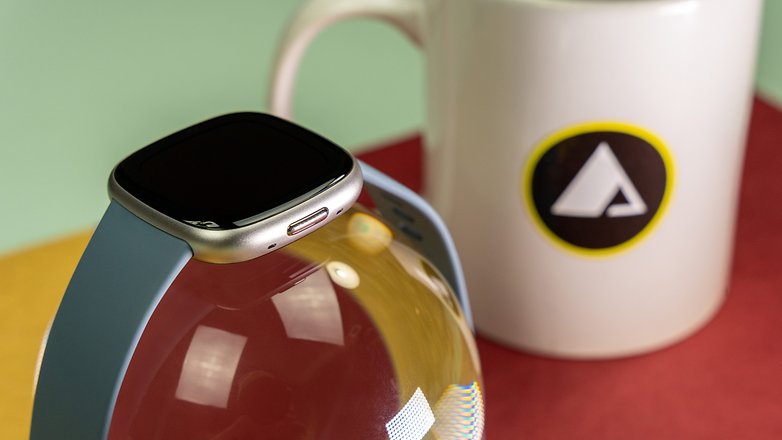
It should be emphasized very positively that Fitbit listens to the feedback of the users. Because in the review of the Versa 3, Stefan informed you that the "squeeze gesture" causes erroneous entries in everyday life. Both the Fitbit Sense 2 (hands-on) and the latest Versa model have a real, physical button once again to avoid such a connundrum.
Overall, both the design and the operating concept of the Versa 4 are convincing and there is not much to complain about.
Operating system & app
The acquisition by Google bears further fruit in the Versa 4. Both Google Wallet and turn-by-turn navigation via Google Maps have been planned to be included in the future. However, the operating system remains a proprietary one, and the Fitbit app also remains unchanged. Unfortunately, however, both Fitbit and Google rely on a premium subscription model for this device.
What I liked:
- Google acquisition provides a few advantages.
- Simple operation.
What I disliked:
- Full feature set is only available via subscription.
- Google features are unavailable even long after its release.
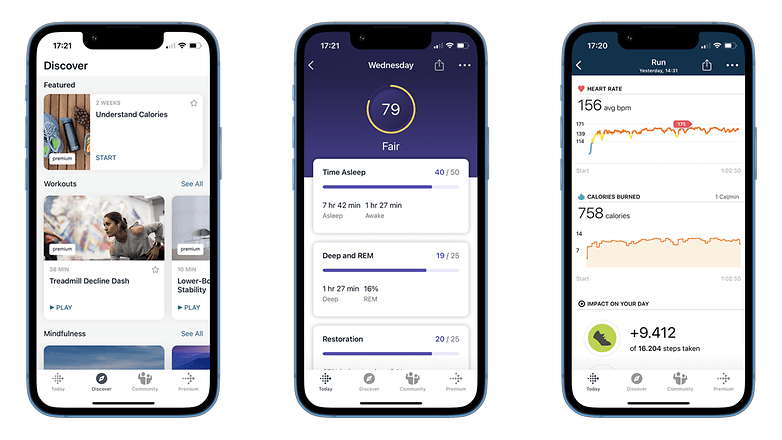
As in the review of the Inspire 3, the Versa 4 left me a little bit angry. That's because, once again, the manufacturer locked many features behind a premium subscription, including your daily form index, detailed health and fitness stats, mindfulness exercises, and detailed sleep tracking. A detailed list of Premium-exclusive features can be seen below:
Fitbit Premium feature comparison
| Function | Fitbit App | Fitbit Premium |
|---|---|---|
| Daily Form Index | ➖ | ✔️ |
| Blood glucose monitoring (with external meter) | ➖ | ✔️ |
| Premium competitions | ➖ | ✔️ |
| Stress management index breakdown | ➖ | ✔️ |
| Health and fitness statistics | ✔️ | ✔️ |
| 90-day trends of health values | ➖ | ✔️ |
| Basic analyses | ✔️ | ✔️ |
| Health Report | ➖ | ✔️ |
| Workouts | ➖ | ✔️ |
| Mindfulness | ➖ | ✔️ |
| Breakdown of the sleep index | ➖ | ✔️ |
| Source: Fitbit.com | ||
It's also possible that these limitations bother me so much because Fitbit's companion app and also the Versa 4's software are so intuitive and pretty. In fact, I found it fun to set a timer on the Versa 4 thanks to its intuitive operation, snazzy menus, and because of the crisp vibration motor. The Fitbit app as an information hub for your fitness data is also intuitive and pretty, though it lags far behind Garmin in terms of information content.
- Comparison: Which is the best Fitbit model?
At the launch of the Versa 4, Fitbit promised that it would finally offer benefits from its acquisition by Google in 2019. Thus, Google Wallet, turn-by-turn navigation via Google Maps as well as calendar synchronization and app notifications would find their way onto the smartwatch. However, about two months after the release of the wearable, none of those aforementioned features can be found. Overpromising and underdelivering yet again! This really gets my goat.
Sensors & Fitness
Fitbit equipped its Versa 4 with a number of sensors to track your daily sports routine. In addition to GPS for positioning, there is a heart rate monitor, a pulse oximeter, and a gyrometer, and accelerometer for recording steps and swimming strokes. Data is logged into the internal memory for seven days even without a smartphone.
What I liked:
- Precise GPS makes you independent of the smartphone.
- Reliable auto-recording of workouts or walks.
What I liked:
- Pulse oximeter data cannot be viewed.
- No ECG function.
Fitbit's approach to analyzing vital data is quite interesting. I have the impression that the company does not want to annoy you with exact information, but rather push you in the right direction with processed information. For example, data from the pulse oximeter and the temperature sensor are not directly available. Instead, they are used to provide you with information about the daily shape as well as for sleep analysis. You can also see deviations in temperature, which can be useful for early detection of diseases.
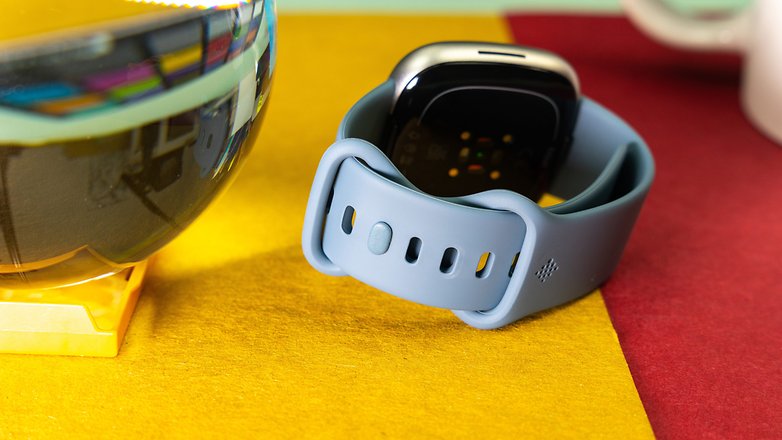
The fact that you don't have to worry much about the smartwatch in everyday life works out well. This is supported by a reliable auto-recording of workouts or walks. Of all the smartwatches I've reviewed in recent years, the Versa 4 has the most standalone workouts right from the get go. Whether that makes sense or not is certainly a matter of taste - but I found it to be quite practical when walks and bike rides are logged as well.
Whether it is on auto-recording or manual enabling, the Versa 4 is equipped with precise GPS to determine the position. The distance covered was identical to what my iPhone 13 mini recorded. This gives you more independence if you like to enjoy sports without a smartphone in your pocket.
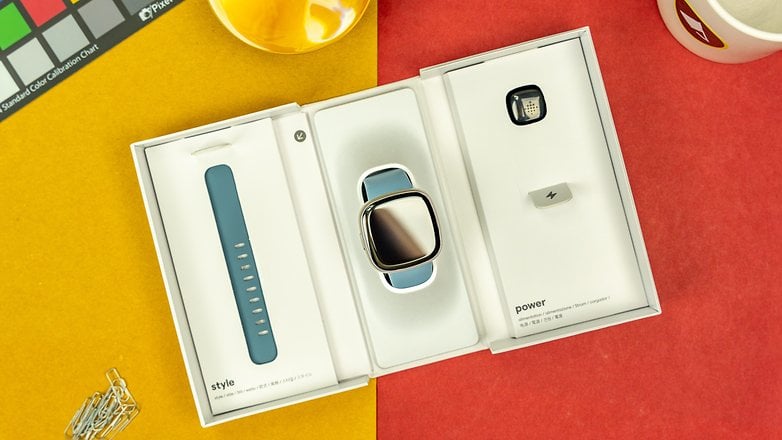
Compared to other smartwatches, however, I feel the Versa 4 is underpowered. The manufacturer saved on integrated electrodes for recording your ECG reading for the premium model, the Fitbit Sense 2, in order to use that as a unique selling point. Other models even come with options to measure your blood pressure, such as the Samsung Galaxy Watch 5 Pro (review). Fitbit thus decided to concentrate on the essentials with the Versa 4.
Smart features
In the title of my review, I called the Versa 4 a "fitness tracker" because many of the smartwatch functions are nowhere to be found in November 2022. Apart from the promise to deliver some Google apps and Bluetooth telephony, music cannot be stored or controlled on the smartwatch. Here, even the first Versa from 2018 was more capable.
What I liked:
- Some smartwatch features will be subsequently delivered.
What I disliked:
- No music playback or music control.
- No response options for notifications.
- No third-party apps to expand its feature set.
While manufacturers are getting more and more creative when it comes to smartwatch features, Fitbit left this topic unaddressed. The Versa 4 will show you notifications on demand, but you cannot respond to them. To listen to music or podcasts while jogging, you have to take your smartphone with you. And there is no app store to offer a large number of apps, too.
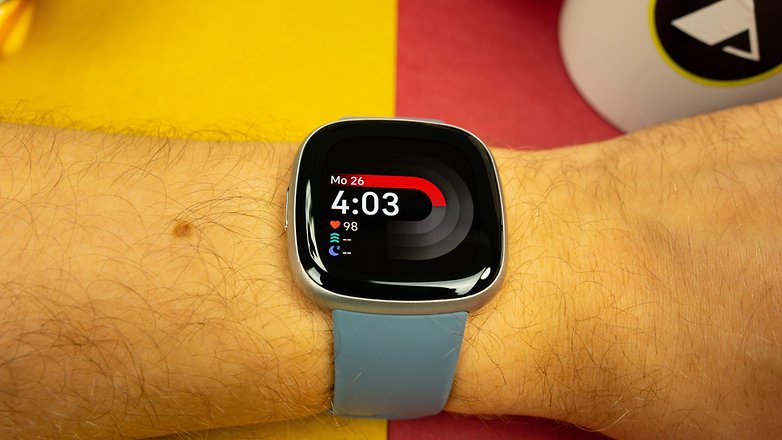
Here, the Versa series itself takes a step backward compared to the first generation from 2018. Even when compared to other models, the Versa 4 does not quite look like a smartwatch. A weather app, a sleep zone alarm, and mindfulness exercises that are only available in the premium subscription are simply inadequate in 2022.
If Fitbit and Google add a few more functions, I will gladly rephrase this paragraph again. However, navigation instructions via Google Maps, the addition of Google Wallet, and a few extended features for synchronization do not really manage to save it from its predicament.
Battery & Charging
Fitbit stated that the battery life of the Versa 4 will last for at least six days. This is a value that I cannot quite confirm in everyday use without using the power-hungry Always-on Display. The Versa 4 is recharged via a proprietary charging cable that ends in USB-A. Quick-charging gets you 24 hours of use in twelve minutes, while a full charge takes two hours.
What I liked:
- Great battery life for a smartwatch.
- Magnetic charging cable.
- Quick-Charging capability.
What I disliked:
- Long charging time to hit 100%.
- USB-A cable.
The battery life of the Versa 4 is really outstanding considering its size. While Apple offers a maximum of 36 hours in a comparable format with energy-saving modes, Fitbit is looking about at least six days. However, after a few days of reviewing it, I do not consider this claim to be entirely realistic. Without the Always-on Display, a known power-hungry feature, I managed to achieve approximately four days on a full battery charge.
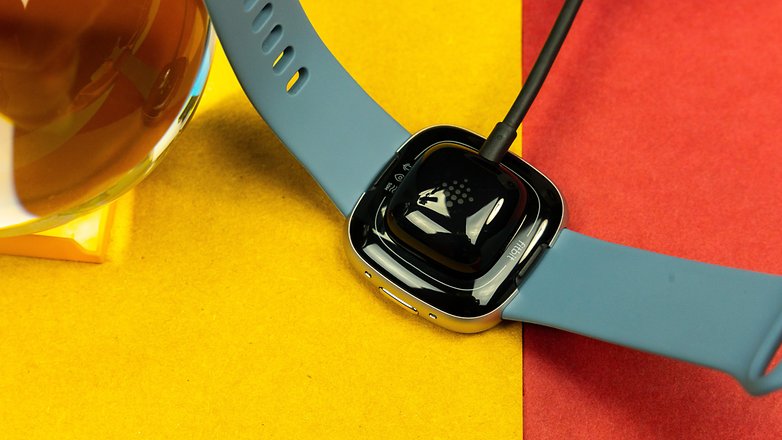
Throughout the process, I used the watch to track my sleep daily and I also went biking or walking at least once a day. Active workouts included two one-hour jogs with GPS tracking enabled. Thus, those who lead an active lifestyle and want to use all features should rather expect a battery life of three to four days. This is still a very good value for a complete record of your daily routine.
I do not like the charging time of the smartwatch as much, though. Fitbit specified a charging time of two hours, and I can confirm this value from my daily routine. If you want to quickly recharge your batteries before a workout, you can use the quick-charge function. Within twelve minutes, you can get a day's worth of usage time. That is super convenient, but it will be part of the standard repertoire of a smartwatch in 2022.
Final verdict
Let's summarize our review: Fitbit offers a really nice wearable with the Versa 4, which is really high-quality in its build. The GPS tracking and the monitoring of vital signs are also convincing in everyday use. This also applies to the long battery life of at least four days throughout the eview. However, those who are looking for an independent and powerful smartwatch are well advised to look elsewhere instead of the Fitbit Versa 4.
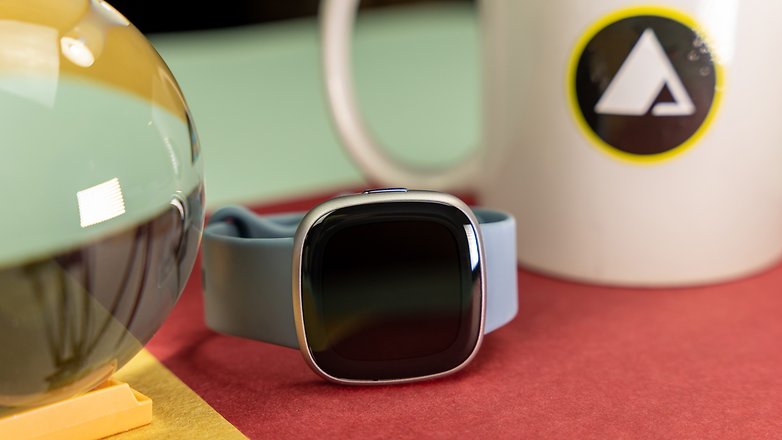
This is because the fourth generation clearly lacks any notable smart features. Controlling or even listening to music is not possible. You will look in vain for a diverse app catalog to expand the range of functions. And due to Fitbit's premium subscription, the costs of the smartwatch keep rising after several months of use. As you can read in our best smartwatch list, there are more powerful models like the Galaxy Watch 5 or the Apple Watch SE for Apple users at the same price.
